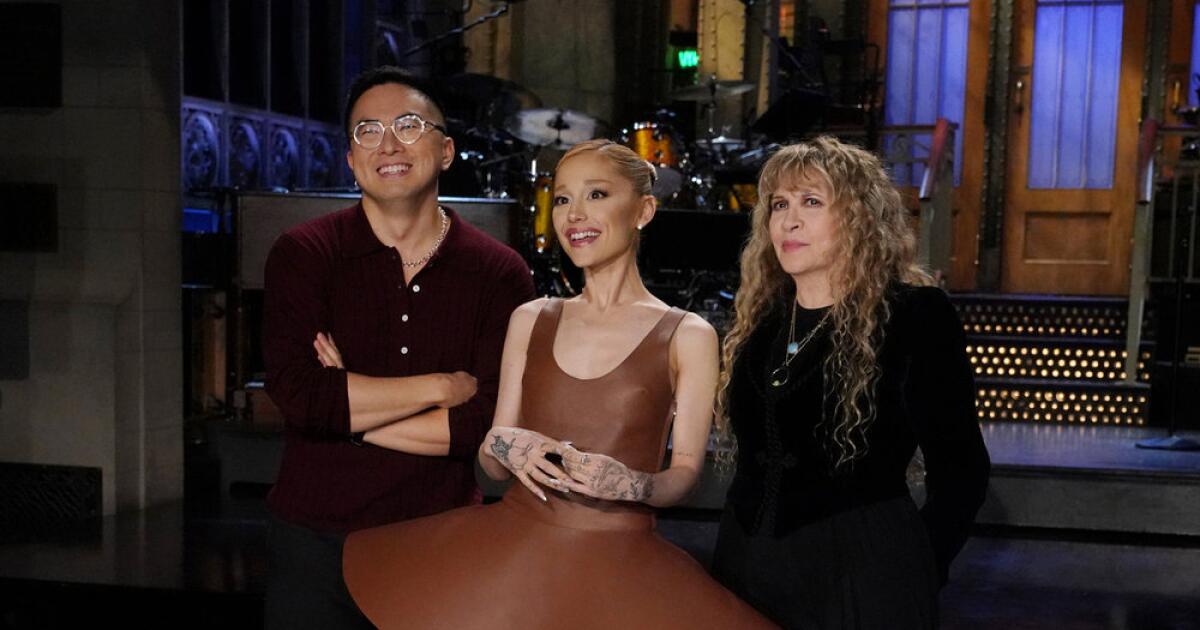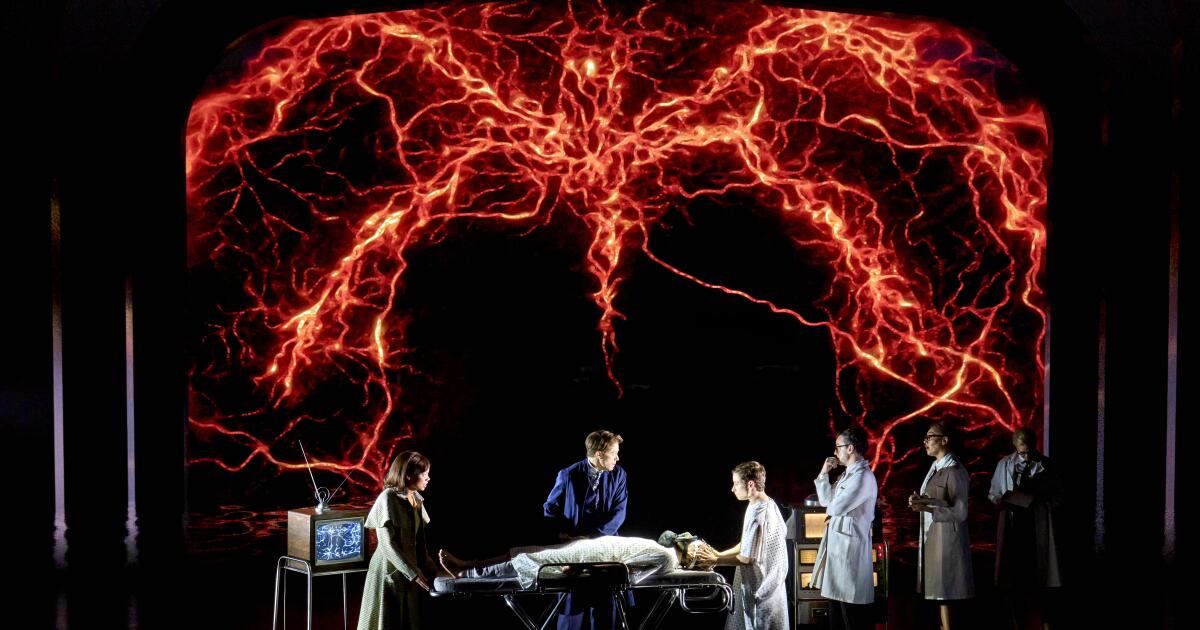In the new Phaidon book “Concrete Architecture,” Los Angeles writers Sam Lubell and Greg Goldin examine a construction material that’s often derided as the building block of urban eyesores, but, they argue, also can be the foundation for uncommonly expressive design.
“Concrete has seduced architects and engineers,” they write, “to prove it can produce works complex and simple, graceful and awkward, delicate and overbearing, mischievous and sinister, gravity-defying and earthbound.”
Chronicling more than 300 private homes and public spaces built from 1913 to 2022 — in styles including Bauhaus modernism, Art Deco, Cold War-era brutalism and postmodern “blobitecture” — the book is illustrated with dramatic black and white photography that “allows the material to shine through, with no distractions,” Goldin writes.
“Concrete Architecture,” published by Phaidon.
(Phaidon)
The authors focus on the ingenuity of designs, whether built as monolithic slabs for churches, sculpted as war memorials or shaped into domes and arches for museums, apartment houses and parking structures. The finished structures are reminiscent of origami constructions, Jenga stacks, pyramids, igloos, boats, submarines and alien spacecraft. Other examples illustrate how concrete can be cast into decorative elements (such as the X-shaped grilles on the American Cement Building near L.A.’s MacArthur Park) and complex curves (a la Frank Lloyd Wright’s Guggenheim Museum in New York City) that resemble mollusks, nautilus shells, honeycombs and volcanoes.
Global in its scope, with buildings from more than 60 countries, “Concrete Architecture” also celebrates the local, highlighting 10 Southern California landmarks, including the 1970 Geisel Library at UC San Diego, the 1965 Salk Institute in La Jolla, Wright’s 1924 concrete textile block Ennis House in Los Feliz and the 2015 Broad museum in downtown L.A. Here are some of the awe-inspiring structures featured in the book.















